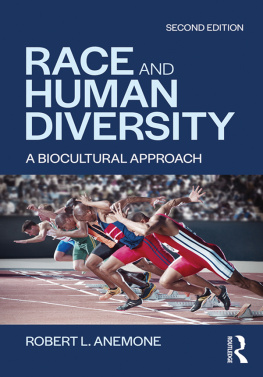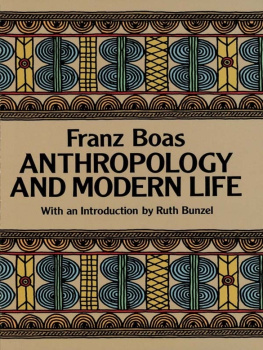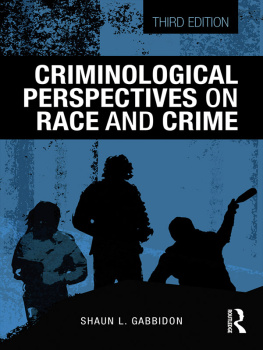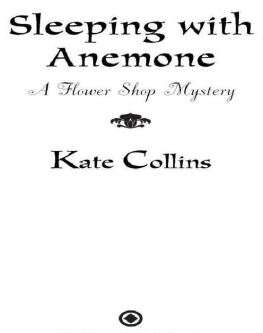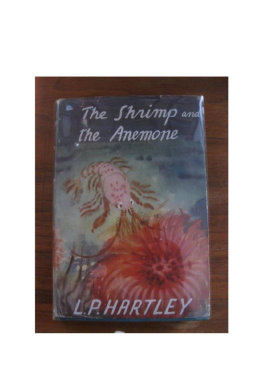Race and Human Diversity
Race and Human Diversity is an introduction to the study of human diversity in both its biological and cultural dimensions and the various meanings of race. Robert L. Anemone examines the biological basis of human difference and how humans have biologically and culturally adapted to life in different environments. The book discusses the history of the race concept, evolutionary theory, human genetics, and the connections between racial classifications and racism. It invites students to question the existence of race as biology, but to recognize race as a social construction with significant implications for the lived experience of individuals and populations.
This second edition has been thoroughly revised, with new material on human genetic diversity, developmental plasticity, and epigenetics. There is additional coverage of the history of eugenics; race in US history, citizenship, and migration; affirmative action; and white privilege and the burden of race. Fully accessible for undergraduate students with no prior knowledge of genetics or statistics, this is a key text for any student taking an introductory class on race or human diversity.
Robert L. Anemone is Professor and Head of the Department of Anthropology at the University of North Carolina, Greensboro, USA.
Second edition published 2019
by Routledge
2 Park Square, Milton Park, Abingdon, Oxon OX14 4RN
and by Routledge
52 Vanderbilt Avenue, New York, NY 10017
Routledge is an imprint of the Taylor & Francis Group, an informa business
2019 Robert L. Anemone
The right of Robert L. Anemone to be identified as author of this work has been asserted by him in accordance with sections 77 and 78 of the Copyright, Designs and Patents Act 1988.
All rights reserved. No part of this book may be reprinted or reproduced or utilised in any form or by any electronic, mechanical, or other means, now known or hereafter invented, including photocopying and recording, or in any information storage or retrieval system, without permission in writing from the publishers.
Trademark notice: Product or corporate names may be trademarks or registered trademarks, and are used only for identification and explanation without intent to infringe.
First edition published by Routledge 2010
British Library Cataloguing-in-Publication Data
A catalogue record for this book is available from the British Library
Library of Congress Cataloging-in-Publication Data
A catalog record for this book has been requested
ISBN: 978-1-138-89447-1 (hbk)
ISBN: 978-1-138-89449-5 (pbk)
ISBN: 978-1-315-17994-0 (ebk)
Typeset in Bembo
by Apex CoVantage, LLC
While race has always been a topic of great interest to anthropologists, historians, and other social scientists, its significance in the political and cultural discourse taking place in the United States seems to be even more pronounced in 2018 than at the start of this decade, when the first edition of this book was written and published. Numerous events in the past decade have made abundantly clear to any honest observer that, to paraphrase WEB Du Bois,
My intention in writing and now in revising this book has always been to interrogate the history and meanings of race in America from a truly biocultural perspective. This perspective recognizes and attempts to resolve what I have called the central paradox of race. This paradox refers to two seemingly contradictory claims that are often made by anthropologists: (1) that race does not exist and (2) that race is extremely important. The biocultural perspective resolves the paradox by clarifying that race fails (i.e., it does not exist) as a biological concept, but that race as a social phenomenon can sometimes hold life-or-death significances (i.e., it is important). While some chapters of this book cover primarily biological material and others deal with social or cultural matters, each chapter seeks to synthesize biology, culture, and history to understand how certain aspects of human biological diversity (i.e., skin color) have acquired the enormous cultural and symbolic import that race carries in contemporary American society. Race may not exist as biology, but the nexus of race, racism, and inequality is real and has always played an enormous role in our country. The central message of this volume, then, is that while race makes little sense as biology, it plays an important role as social or cultural construction, and it has very real consequences for the lived experience of all Americans. The legacy of called white privilege. Like gender and kinship, race is a concept that provides rich analytical opportunities for anthropological inquiry into the complex ways in which biology (e.g., biological sex, genetic relatedness, and phenotypic diversity) is refashioned and reframed by societies into cultural constructs that can set limits to human expression and existence.
My approach to the study of human diversity and race is consistently dynamic and processual and is always informed by evolutionary theory and history. It is also informed by the knowledge of the persistent inequality and racism that, in spite of the soaring rhetoric so often associated with the American democratic experiment, have marked so much of American history. My hope is that students who read this book will gain new insights into how anthropologists approach the fraught terrain of race and human diversity, both in the past and today, and how racism has affected the lived experiences of many generations of Americans. My goal is for this book to contribute to clearer thinking about the social and biological meanings of race so that we can think and act more thoughtfully and intentionally to create a truly equitable, multiracial society in twenty-first-century America.
I would like to thank Marc Stratton and Katherine Ong at Routledge for suggesting and supporting this project. Joyce Kubiski has been my inspiration during the writing of this book and all my other scholarly work, my anchor, and my great love. Our children Giancarlo, Wondimu, Helen, and Wondissen and our grandchild Brailynn fill me with pride and hope for the future.
Notes
Du Bois, WEB (1903) The Souls of Black Folks . New York, NY, New American Library.
Nationwide, police shot and killed nearly 1000 people in 2017. John Sullivan, Zane Anthony, Julie Tate, and Jennifer Jenkins. January 6, 2018. In The Washington Post . https://www.washingtonpost.com/investigations/nationwide-police-shot-and-killed-nearly-1000-people-in-2017/2018/01/04/4eed5f34-e4e9-11e7-ab50-621fe0588340_story.html?utm_term=.74f8e4f8524e
Hate Crimes rose 17 percent last year, according to new FBI data. Devlin Barrett, Nov. 13, 2018. In The Washington Post . https://www.washingtonpost.com/world/national-security/hate-crimes-rose-17-percent-last-year-according-to-new-fbi-data/2018/11/13/e0dcf13e-e754-11e8-b8dc-66cca409c180_story.html?utm_term=.5fc74497b4b4
Kendi, IX (2016) Stamped From the Beginning: The Definitive History of Racist Ideas in America . New York, NY, Nation Books; Bonilla-Silva, E (2018) Race Without Racists: Color-Blind Racism and the Persistence of Inequality in America . Lanham, MD, Rowman and Littlefield.
Coates, T-N (2015) Between the World and Me . New York, NY, Spiegel and Grau; Rankine, C (2014) Citizen: An American Lyric . Minneapolis, MN, Graywolf Press.
Dyson, ME (2017) Tears We Cannot Stop: A Sermon to White America . New York, NY, St. Martins Press.

